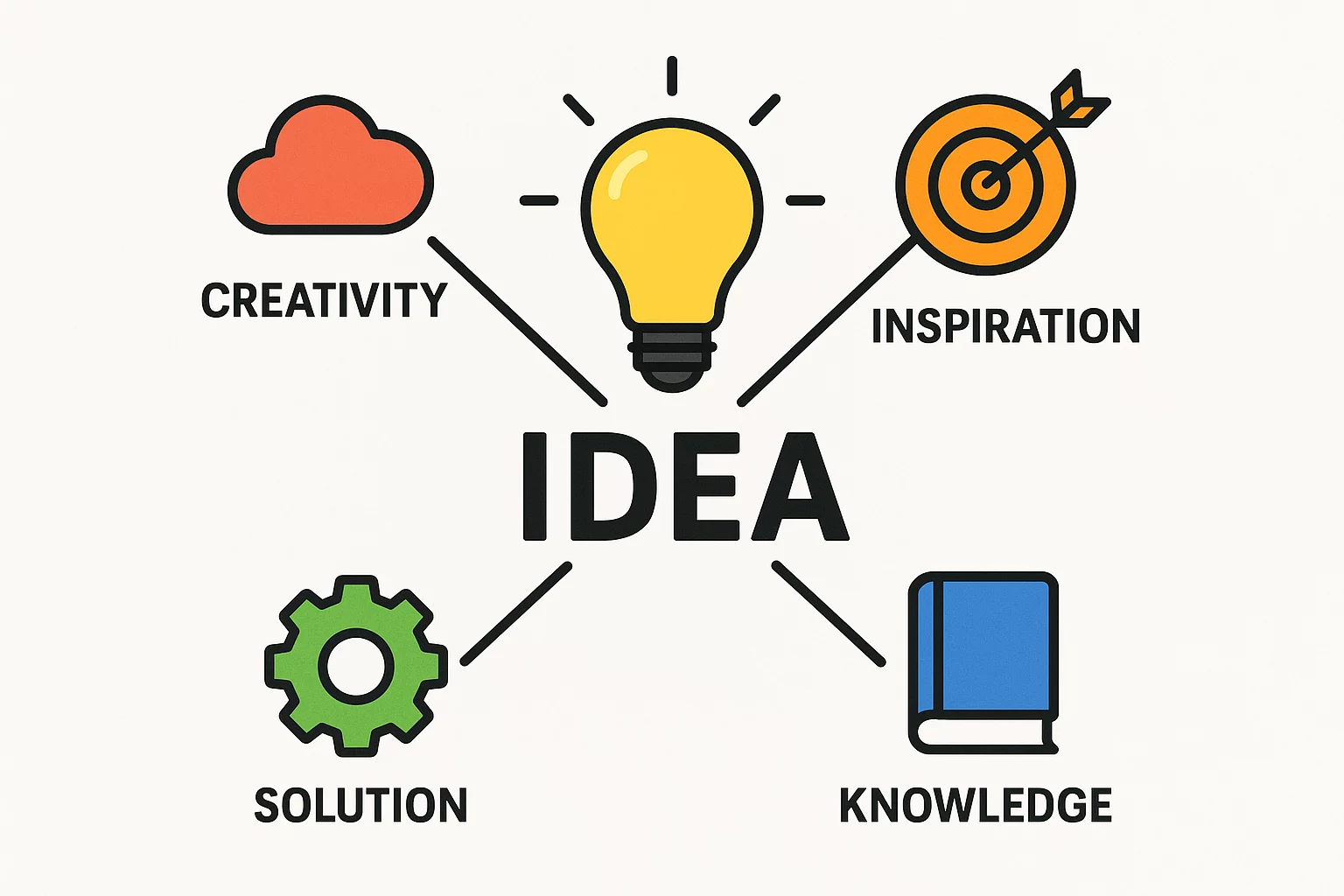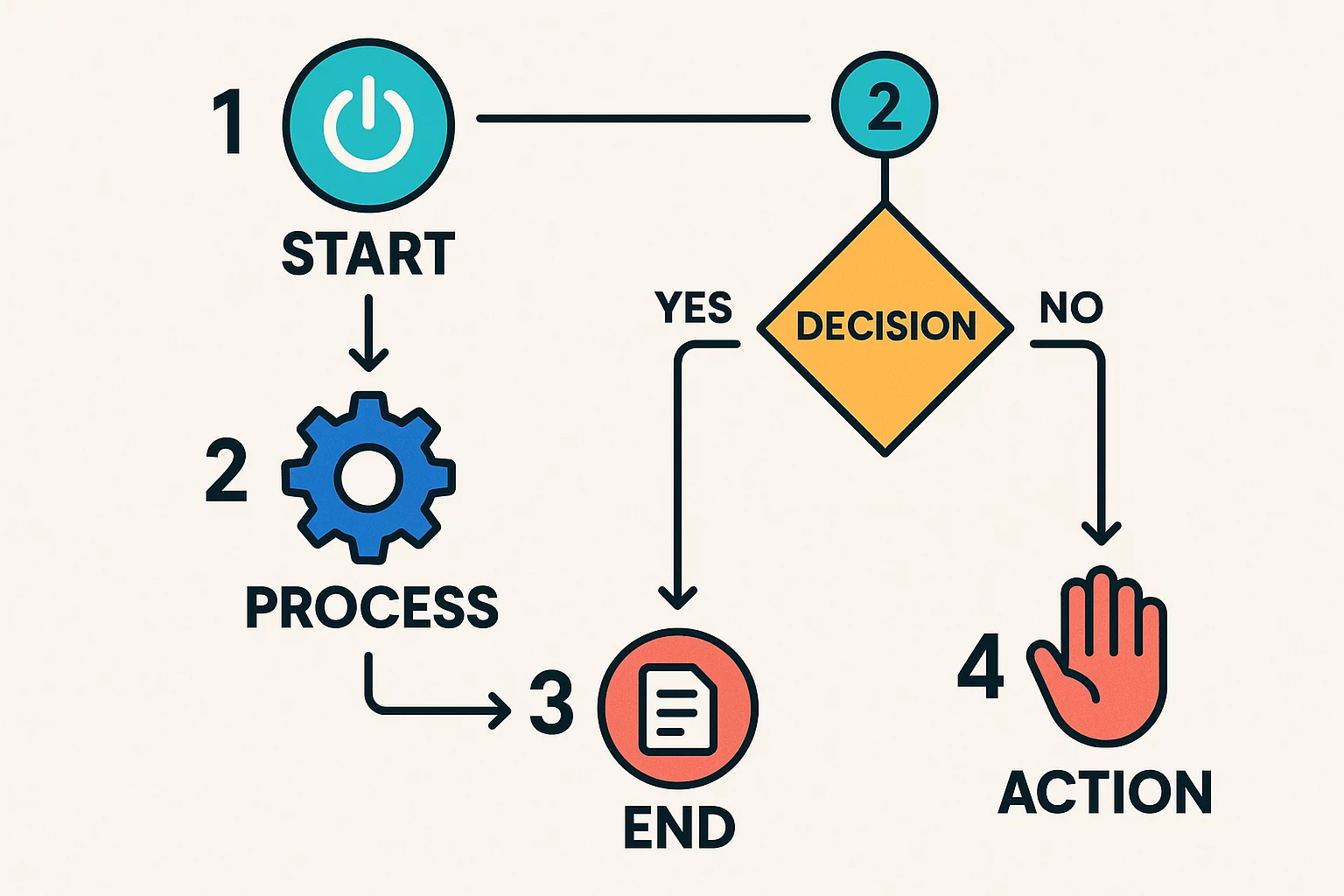When planning a new solar module factory, one of the most significant decisions you will face is the level of automation to implement.
A largely manual production line tempts with lower initial investment costs. A highly automated line, on the other hand, promises long-term efficiency but requires substantial upfront capital. Many entrepreneurs get stuck here, viewing the choice as a simple trade-off between today’s cost and tomorrow’s savings.
The most successful factory owners, however, approach this differently. They see it not as a cost, but as a strategic investment with a clear, calculable return.
The key is to find the breakeven point—the precise moment when your investment in automation begins to pay for itself and generate profit. This calculation provides the financial clarity needed to build a resilient and profitable business for decades to come.
Beyond the Initial Price: Understanding Total Cost of Ownership (TCO)
The first step in making an informed decision is to look beyond the ‘sticker price’ of the equipment. A true financial analysis relies on the Total Cost of Ownership (TCO), a framework that evaluates all direct and indirect costs of your production line over its lifecycle.
The initial Capital Expenditure (CapEx) is just one piece of the puzzle. TCO provides a complete picture, encompassing everything from daily operational expenses to the hidden costs of inefficiency.

A TCO analysis typically includes:
Capital Expenditure (CapEx): The upfront cost of the machinery and installation.
Labor Costs: Wages, benefits, training, and management for your workforce.
Material Costs: The expense of raw materials, including losses due to waste and defects.
Maintenance and Spares: The ongoing cost of keeping machinery operational.
Energy Consumption: The power required to run the production line.
By comparing the TCO of a manual versus an automated line, you shift the conversation from ‘Which is cheaper today?’ to ‘Which is more profitable over the next 10 years?’
The Breakeven Point: Where Investment Becomes Profit
The automation breakeven point is the moment when the cumulative savings from automation—lower labor costs, reduced waste, and higher output—surpass the initial investment cost. From this day forward, the efficiency gains contribute directly to your bottom line.

While the initial investment for an automated line is higher, its operational costs are significantly lower and more predictable. Over time, this makes it the more profitable choice.
Understanding this timeline is crucial for financial planning, securing investment, and setting realistic expectations for your business’s future.
The Four Pillars of Automation ROI
The return on your automation investment is driven by four critical factors. Each one directly reduces your Total Cost of Ownership and accelerates your journey to the breakeven point.
1. Predictable Long-Term Labor Costs
In many emerging markets, the initial appeal of manual labor is its perceived low cost. This view, however, often overlooks long-term volatility.
According to World Bank data, labor costs in these regions are rising by an average of 4.6% annually, with rates in specialized manufacturing sectors climbing as high as 8-12%. This unpredictability makes financial forecasting difficult and erodes margins over time.
Automation turns a variable, ever-increasing labor expense into a fixed, predictable cost. You invest once in the technology and gain control over one of your largest operational expenditures for years to come.
2. Drastically Reduced Material Waste
Solar cells are fragile and valuable. Every broken or damaged cell is a direct loss of profit. A study by the Fraunhofer Institute for Solar Energy Systems (ISE) shows that manual handling can lead to material waste rates of up to 3-5% of total cell costs. In contrast, fully automated lines—with their precision and gentle handling—typically reduce this figure to less than 0.5%.

For a factory producing 100 MW of modules per year, this difference can mean hundreds of thousands of dollars in saved material costs annually.
3. Improved Yield and Product Quality
Consistency is the hallmark of quality manufacturing. Automated systems perform the same task with the same precision, 24 hours a day. This eliminates the human variability that can lead to micro-cracks, soldering defects, and other quality issues that reduce a module’s power output and lifespan.
Research from the National Renewable Energy Laboratory (NREL) shows that the process control in automated lines can improve overall module yield and power output by 1-2% compared to semi-automated facilities. This small percentage has a massive impact on the market value of your final product and your company’s reputation for quality, delivering significantly more revenue over the lifetime of the factory.
4. Enhanced Operational Stability
The hidden costs of human error can be substantial. A survey by the Manufacturing Excellence Institute reports that unscheduled downtime, often caused by manual process inconsistencies, costs a mid-sized production line an average of $250,000 per year.
Automated systems are designed for continuous, reliable operation. They minimize the risk of unexpected stops, reduce the need for rework, and provide a stable, predictable production output you can count on. This operational stability is the foundation upon which a scalable and dependable business is built.
Building Your Financial Model
While a detailed financial projection requires expert input, you can begin to outline the calculation with this simple framework:
-
Determine the Investment Delta: Calculate the difference in upfront cost between a manual or semi-automated line and a fully automated one. This is your initial investment figure.
-
Project Annual Savings: Estimate your yearly savings across the four pillars: reduced labor costs, lower material waste, increased revenue from higher yield, and avoidance of downtime costs.
-
Calculate the Simple Payback Period: Divide the investment delta by your total annual savings. The result is the number of years it will take to reach your breakeven point.
This foundational exercise provides a clear, data-driven basis for your investment strategy. A partner with deep industry experience can help you refine these numbers with data from real-world projects, ensuring your business plan is built on a solid financial footing. When we design turnkey production lines, this analysis is a core part of the process, leveraging our technologies to match your specific financial and operational goals.
Frequently Asked Questions (FAQ)
Is full automation always the right choice?
Not necessarily. The optimal level of automation depends on factors like your target production capacity, local labor costs, and long-term business strategy. For some projects, a strategically planned semi-automated line is the most effective starting point, with a clear roadmap for future upgrades.
How long is a typical breakeven period for PV factory automation?
This varies based on regional costs and the scale of the operation. However, given the increasing efficiency of modern technology and rising global operational costs, a breakeven period of 3 to 7 years is a realistic range for many projects.
Doesn’t automation require hiring expensive, highly skilled technicians?
Automation does require a skilled team for operation and maintenance, but this involves trading a large, less-skilled workforce for a much smaller, highly trained team. This shift often results in lower overall payroll costs, reduced management complexity, and a more stable, professional workforce.
Your Partner in Planning for Profitability
The decision to automate is one of the most impactful financial choices you will make when establishing your solar module factory. By moving beyond the initial price tag and focusing on the Total Cost of Ownership and the breakeven point, you can build a business case based on long-term profitability, stability, and quality.
This level of strategic planning requires more than technical specifications—it requires experience. A financial model is only as good as the real-world data and expertise behind it. When you work with J.v.G., you are not just buying equipment; you are gaining a dedicated partner. We invite you to meet our team and understand the decades of hands-on experience we bring to every project.
Planning a solar module factory involves many such critical decisions. We are here to provide the clarity and guidance you need to build a successful enterprise from the ground up.
Let’s talk about what’s possible in your region. Contact us.
